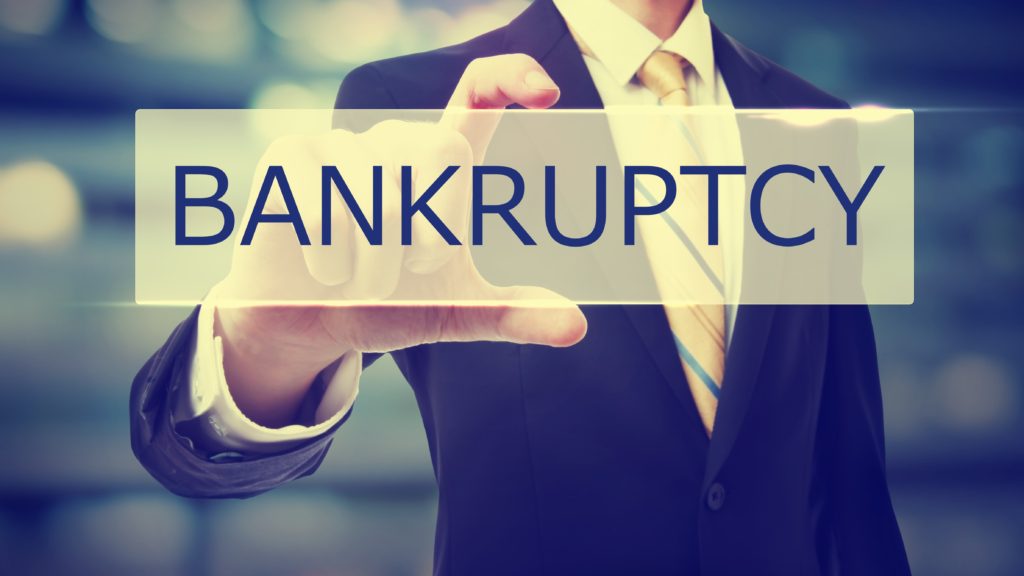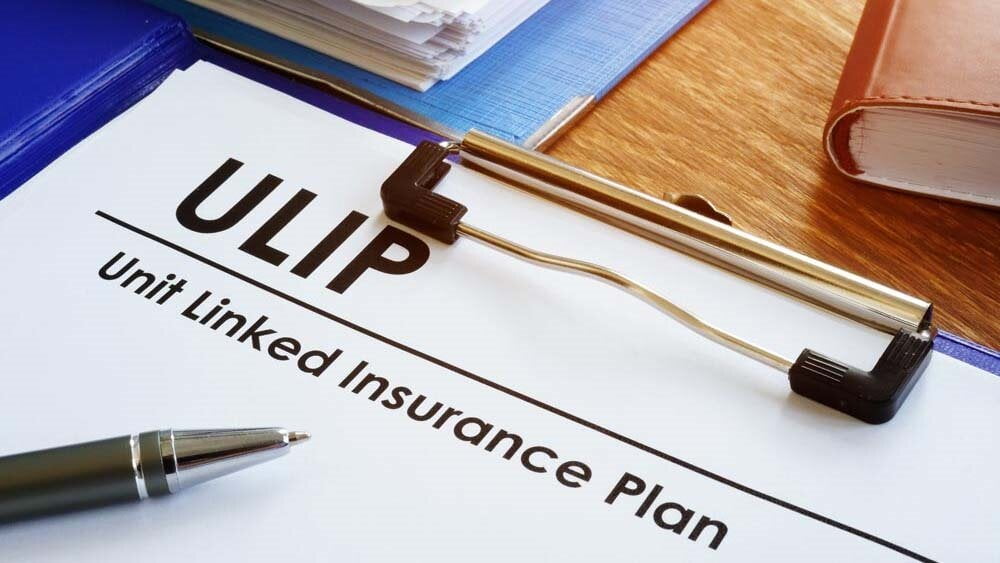
Everything was going well before you got sick. You had a good job, all your finances were in order, and you even had a little bit of savings. But, after the hospital bills started rolling in (and kept coming) your world turned upside down.
Surveys found that about 2 out of 3 bankrupted Americans claim that it was medical bills that did them in. So, don’t beat yourself up over something you had no control over and no way to plan for.
But, now you’re looking at bankruptcy in the face! What can you expect?
We put together a quick guide to explain the steps of bankruptcy and what happens afterward. Keep reading to learn everything you need to know about the bankruptcy process before you begin.
What Is Bankruptcy?
You should never try to end up in bankruptcy because it bears long-lasting effects on your credit. But, sometimes life throws you a curveball and you end up with more debt than you could ever pay.
When you feel like you’re about to drown in an ocean of debt, then it’s time to pull out the bankruptcy life preserver. This allows you to negotiate a lower debt amount in most cases and wipe your record clean of all other debts.
One of the two most common kinds of bankruptcies is chapter 7, where you sell your stuff to pay your debts. The other kind of bankruptcy is chapter 13 and involves a payment plan over a longer period of time.
Basic Bankruptcy Process
Whether you’re looking to file Chapter 7 or 13 bankruptcies, the process is pretty similar. Here’s how the general process works for most bankruptcies in the United States.
Find a Good Bankruptcy Attorney
When you decide that you want to file bankruptcy, the first thing you want to do is find a good lawyer like https://tlbrownlaw.com/practices/bankruptcy-attorney/. Not only will they represent you in court, but they can offer valuable advice about the process. Make sure the lawyer you choose has several years of bankruptcy experience so they know all about how to best help you.
Consider asking your friends and family for attorney recommendations because they have no reason to lie to you. Another good resource for finding a respectable attorney is to read through recent client reviews from several different attornies.
Bankruptcy Consultation
Once you have a lawyer, the next step is to go through a full session of credit counseling with an agency that the United States Justice Department approved. You’ll go through one more counseling session later in the process.
During this consultation, the agent helps you go over your budget and explains the costs and benefits of you applying for bankruptcy. The consultant will also go over any applicable bankruptcy alternatives if there are any.
Filing the Paperwork
If you and the debt consultant decide that bankruptcy is your best option, then it’s time to file paperwork with the courts. Your attorney should help you fill out and submit the paperwork for this step.
Once you’ve sent in the paperwork, the bankruptcy hits your credit. On the bright side, at this point, all your creditors must stop calling you about your debts. If they continue to harass you, your lawyer might want to sue and have your debt forgiven.
Repayment
After you have the paperwork in, then you need to start paying back what the court says you owe. At this point, the process diverges a little depending on the kind of bankruptcy you’re filing.
If you’re filing Chapter 7, then start making yard sale signs because you’ll need to sell your belongings until your debt is repaid. For Chapter 13 filers, make sure you start making your payments on time and in full according to the court paperwork.
Take a Class
This is the second part of the debtor courses you need to take before completing the bankruptcy. If you don’t take this class, creditors won’t forgive any of your debt.
The good news is that several companies offer online courses you can take from the comfort of your own home. Whatever method you use to take the course, pay attention. You’re about to get great information about how to move forward and how to avoid ending up back under a mountain of debt!
Wiping the Slate Clean
Now that you’ve done everything you needed to on your end, it’s time for the creditors to do their part. Any past due debts get wiped clean and you get to start over again!
While this is the end of the bankruptcy proceeding, the work isn’t done yet! Now, you need to focus on rebuilding your credit score again.
What Happens After You’re Done?
Ok, it’s over. Take a deep breath.
One thing to keep in mind is that a bankruptcy stays on your credit report for 10 years. To help reduce the negative effects caused by the bankruptcy, focus on doing things that add positive credit remarks, and lessen the damage done by the bankruptcy.
Pay all your bills on time and try to stick to your budget. With a bit of elbow grease, your credit score will shine again!
Life Goes on after Bankruptcy
Bankruptcy is never a fun time in anyone’s life and leaves you feeling drained in more than your wallet. But, keep in mind that this too will pass and life goes on after bankruptcy.
Start working on building positive credit as soon as you can and soon your credit score will recover. It takes years of diligent work to rebuild after bankruptcy, but you can do it!
We hope you enjoyed reading this article and that you learned a few things about bankruptcy and the bankruptcy process. For more helpful articles about finance, business, health, and much more, check out the rest of our blogs today!








